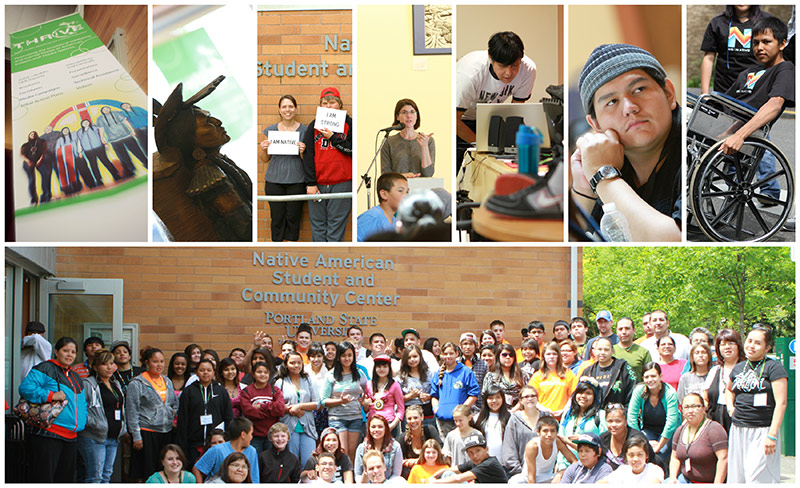JeMarie is a seventeen-year-old Californian of Native American descent, specifically Iroquois, Choctaw, and Cherokee. But JeMarie didn’t grow up on her reservations, and for much of her life, the only thing she had to teach her about her own heritage were the sad untruths from her history books–which represented Native Americans as dark-skinned, scalping savages–and the poor depictions of Old Hollywood and Disney. These showed Natives as being either highly spiritualized, or highly colonized. In such stories, all Indians were plains Indians, horse-warriors, or sexpot, tiny-waisted seductress-squaws who sought to please the white man. Surely, JeMarie thought, these stories are missing something integral, some key element. Indeed, what these stories were missing was the truth.
What is a Native American? How can we be defined? JeMarie knew that in the old days of Native America, there was no need for definitions. She knew that this was a colonizer’s ideology, not one inherent in her own people. Nonetheless, for her own peace of mind, she needed to know the difference between the stereotyped and racist depictions of Old Hollywood, and the truth. So, JeMarie began to seek advice. First, she learned that most Tribes enroll their members by using the concept of blood quantum. To be a Tribal member, most Tribes required that the enrollee be of at least twenty-five percent Indian blood, though some require as high as one-half. Other Tribes operate on the principle of Direct Descendants, meaning you have to be born of a Tribal Member to become a member.
Okay, JeMarie thought. So Native Americans are Tribally affiliated. They have to possess a certain amount of Native blood, and prove it. But, how do you really measure blood? You can’t see blood. You can’t divide it into quarts and say, “This is my Native blood, here. See how deep, red, and warm it is? Much warmer than my non-Native blood, much redder.” No, blood is all the same. Surely there is more to being a Native American than that.
JeMarie began to look harder at the heart of the Native American community. She was amazed by how deeply rooted her people were in their Traditional beliefs. They were spiritual, certainly, but not in the same way the Disney princess, Pocahontas, is. They didn’t sing in rainbow colors, but they did sing at Powwows, sitting in a circle around a drum and lifting their powerful voices to the heavens. She also noticed that Native people sought to respect their Elders and ancestors by living good lives and honoring the traditions passed down through generations. At once, JeMarie began to understand: There is no one definition of Native American. It’s different for every Tribe. But one thing was for sure: Old Hollywood, with its spray-painted white actors in faux-leather, wasn’t it. She decided to continue searching for the heart of her people, knowing that it would not be easy, and that it would take time. She found the search to be worth the effort.
Check out this blog about stereotypes.
Special Thanks:
Misty Lynn Ellingburg (Shoalwater Bay) is a student at Seattle Pacific University, majoring in English (concentration Literature) and minoring in Professional Writing. She has two brothers and two sisters–Brandt, Shana, Hope, and Hunter. Her mom, Lory, is a Tribal artist, and her dad, Todd, is becoming fluent in Salish, a local Tribal language. Her favorite Native writers are Leslie Marmon Silko, Louise Erdrich, and Sherman Alexie. She even met Mr. Alexie in Seattle at a book reading where she got his autograph and a picture taken together.


